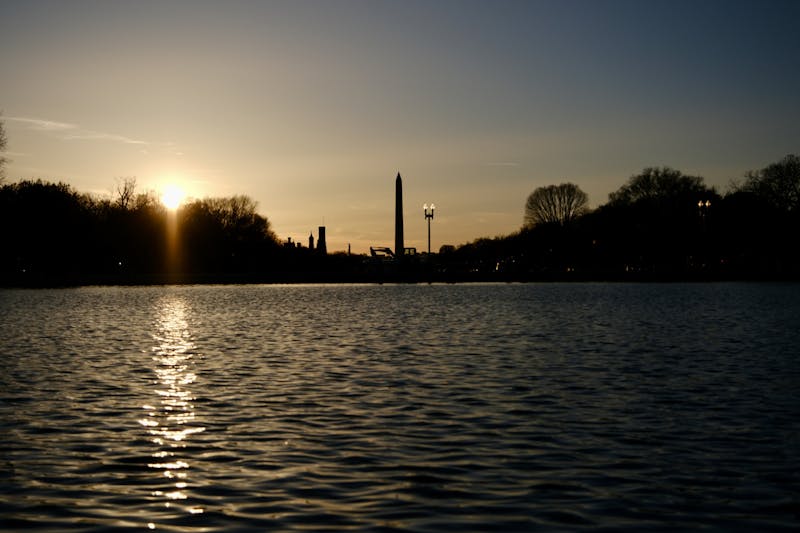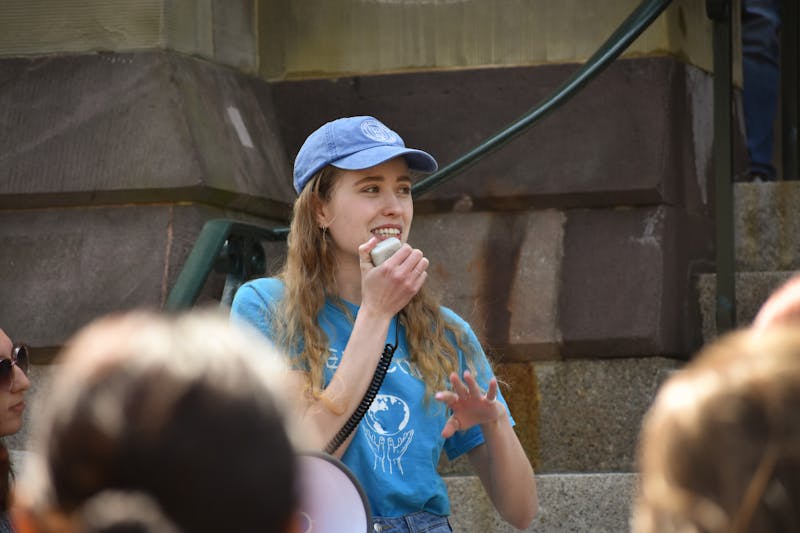Columbia University announced last week that it would be taking over the reins of the Biosphere 2 project, a second attempt to discover the Earth's processes. In 1991, scientists built Biosphere 1 -- a three-acre crystal "city" in the Arizona desert. In space-age uniforms, the eight scientists of Biosphere 1 ventured on an experiment of self-sufficiency. These adventurers were to live in an enclosed simulated environment of ocean, rain forest and farm for two years. But due to health problems, gas leaks and faulty management, the project failed to achieve its goals. In the last two years, management has changed hands and plans have been laid for a new venture. Last year, Biosphere 2 joined forces with Columbia University to recruit scientists from Harvard, Yale and Stanford universities with the goal of developing a game plan for this initiative. The schools now have five years to give credence to the project. But while the scientists are optimistic, some Penn officials claim that major flaws still abound. According to Biology Professor Peter Smallwood, the results of the experiment will not be useful because there is nothing to compare them to. "It's an unreplicated experiment," he said. "There's only one Biosphere so it's really hard to read causality." Biology Professor Peter Petraitis added that "it is not an experiment, but in fact a demonstration." It is impossible to generalize from this one enclosed structure to the entire environment, he said. But Petraitis said that politicians do not care whether it is controlled -- they just want to see an effect. He compared Biosphere 2 to a space shuttle, in that it is a "one-shot deal." Petraitis said the experiment does not have to be as high-tech as it is. Scientists could design a much simpler way to study environmental protection. Petraitis said the $17 million per year price tag of the project is excessive. But since the project is being funded by a Texas billionaire, it is hard to protest the budget, he said. "I think there are scientists who come down on both sides of the issue -- but if it involved public funds there would be a much greater controversy," Petraitis said. Columbia officials view the project from a different perspective. Wallace Broecker, a Columbia geology professor, is optimistic that tremendous scientific and educational advances will come out of the center. "We can create whole futures inside Biosphere 2 and develop ways to gain some control over what is otherwise an unknown future," he said. And according to Columbia scientists, the new management will prevent a repeat of the Biosphere 1 fiasco through their leadership skills and creative vision. The Associated Press contributed to this article.
The Daily Pennsylvanian is an independent, student-run newspaper. Please consider making a donation to support the coverage that shapes the University. Your generosity ensures a future of strong journalism at Penn.
DonatePlease note All comments are eligible for publication in The Daily Pennsylvanian.







